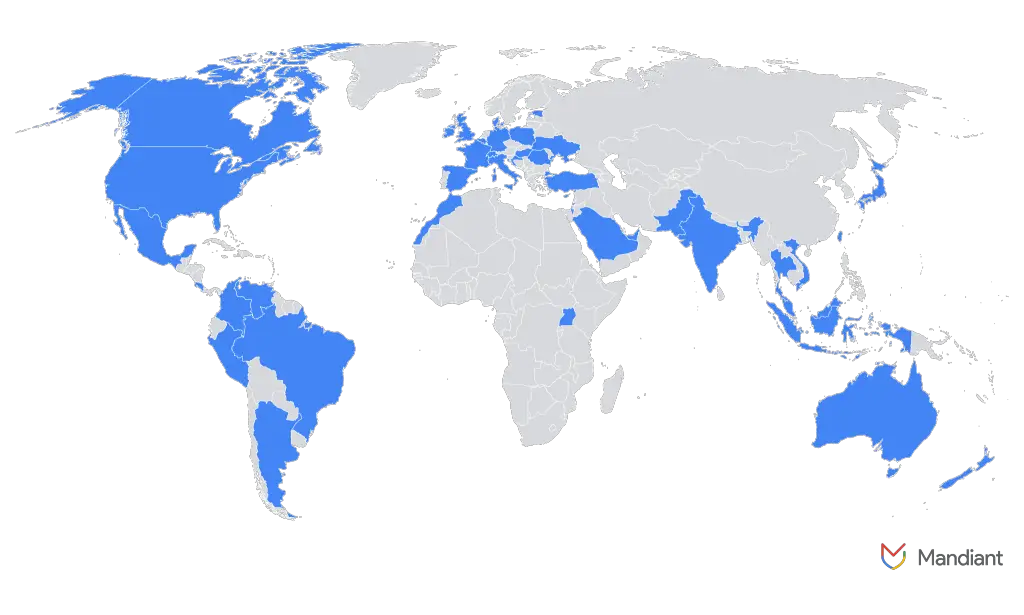
GPS trackers manufactured by the Chinese company SinoTrack have been found vulnerable to exploitation due to two critical flaws that permit remote control over connected vehicles and real-time tracking of their movements.
According to an official advisory, these vulnerabilities affect all versions of the SinoTrack PC IoT platform and stem from fundamental weaknesses in the authentication mechanisms. As a result, attackers may gain unauthorized access to device profiles via the web-based management interface. Such access not only enables vehicle location tracking but may also allow execution of commands—such as disabling power to fuel pumps—if the specific model supports such functionality. The following vulnerabilities were identified:
- CVE-2025-5484 (CVSS Score: 8.3): This vulnerability arises from the use of a default username and password, both based on the device’s unique identifier, which is typically printed directly on the unit’s casing.
- CVE-2025-5485 (CVSS Score: 8.6): This issue relates to the authentication system’s reliance on a numeric user ID no longer than 10 characters. Such identifiers are easily guessed through brute-force attacks or inferred from publicly available serial number patterns.
A particularly concerning aspect is that attackers do not require physical access to the devices to obtain valid credentials. A single photo showing the identifier sticker—often found in user manuals or online marketplace listings—is sufficient. Once a valid ID is known, adversaries can initiate automated enumeration of adjacent values, significantly expanding the attack surface.
SinoTrack devices essentially offer full remote control over the connected vehicle, including access to sensitive user and vehicle data. Yet, experts emphasize that these devices come with virtually no default protection mechanisms.
As of now, no official patches have been released, and SinoTrack has offered no comment.
All SinoTrack users are strongly urged to immediately change default passwords and to remove or obscure any online images displaying device identifiers. In some cases, it may even be necessary to replace previously shared photos to prevent disclosure of unique IDs. Until a software fix becomes available, this remains the only effective safeguard against potential exploitation.


